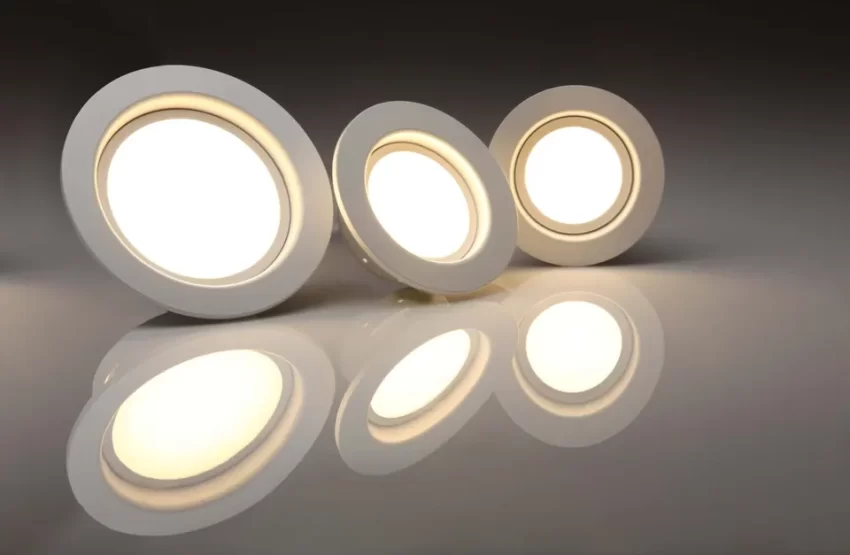LED Simply Clarified: How Does It Function?

You might understand that LED means Light Emitting Diode, and a diode can be recognized as a one-way electrical valve that enables current to move only in one instruction. That’s the direction in which light is produced.
However, did you recognize that the small little chip that gives off the light is called a die?
About the size of your thumb, a sheet of dice determining 1×2 inch has 4,000 dice, carefully cut up, as well as utilized as specific items. A LED dip happens to contain nine dice; SMD may deal with 40 dice; the densest, and bright, a COB or even chip-on-board, could deal with 342 dice.
This little die is where the magic happens. It contains a thin semiconductor item that lets a flow of electrons from negative to positive at the p-n junction.
This product figures out the photon’s wavelength that is produced when an electron goes from an excited to a grounded state. Also, if you remember your chemistry class, this wavelength shows the visible light’s shade being given off.
To get info on LED terminology, please visit the link.
What are the Materials Utilized to Make LEDs?
Let’s focus on this fascinating piece of technology to look for what enters the manufacturing of an LED.
Red, as well as amber LEDs, use the lightweight aluminum gallium indium phosphide material system. Cyan, green, and blue LEDs utilize the gallium indium nitride system.
The die is, after that, loaded onto steel leads for getting contact. A gold cord is additionally utilized to bond the result to each other.
To route the light outcome towards one instruction, a silicone lens is included for optics demands. This assembly is more secured in an epoxy material casing that amplifies the light, as well as adds color.
The outer body of the LED relies on the kind of light it is implied to be. A conventional LED bulb’s body will be made from plastic, making it lighter to deal with, and less costly to purchase. Not to forget it will not damage and fall.
Designer LED light bulbs are created of glass for highlighting the filament design inside or to make them last longer if the light bulb runs on a greater voltage.
Lastly, the LED is fitted with aluminum warmth sinks for thermal heat monitoring, and everything is placed on a shielded plastic base that is amazing to touch.
About Dimming, as well as LED Lights
For dimming, a dimmer smoothly transforms the voltage inside an incandescent light bulb. An LED light cannot reply to that progressive modification in voltage and hums or flickers.
The power supply creates the buzz.
You are able to get newer LED suitable dimmer buttons, in addition to dimmable LEDs. Also then, you might hear a slight humming; however. it is not noticeable.
To know about LED degrees Kelvin, please follow the link.



